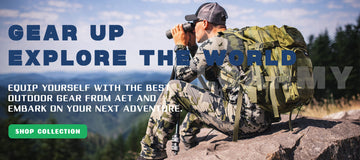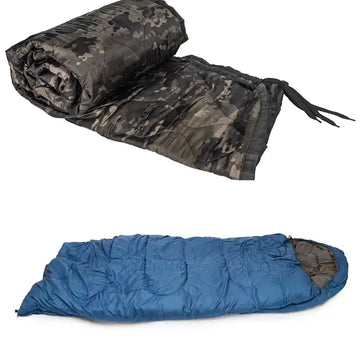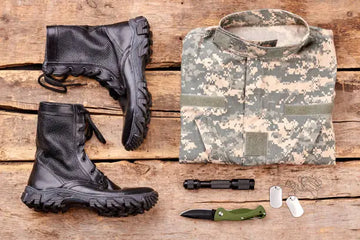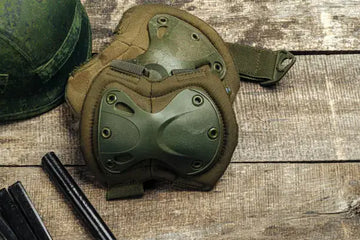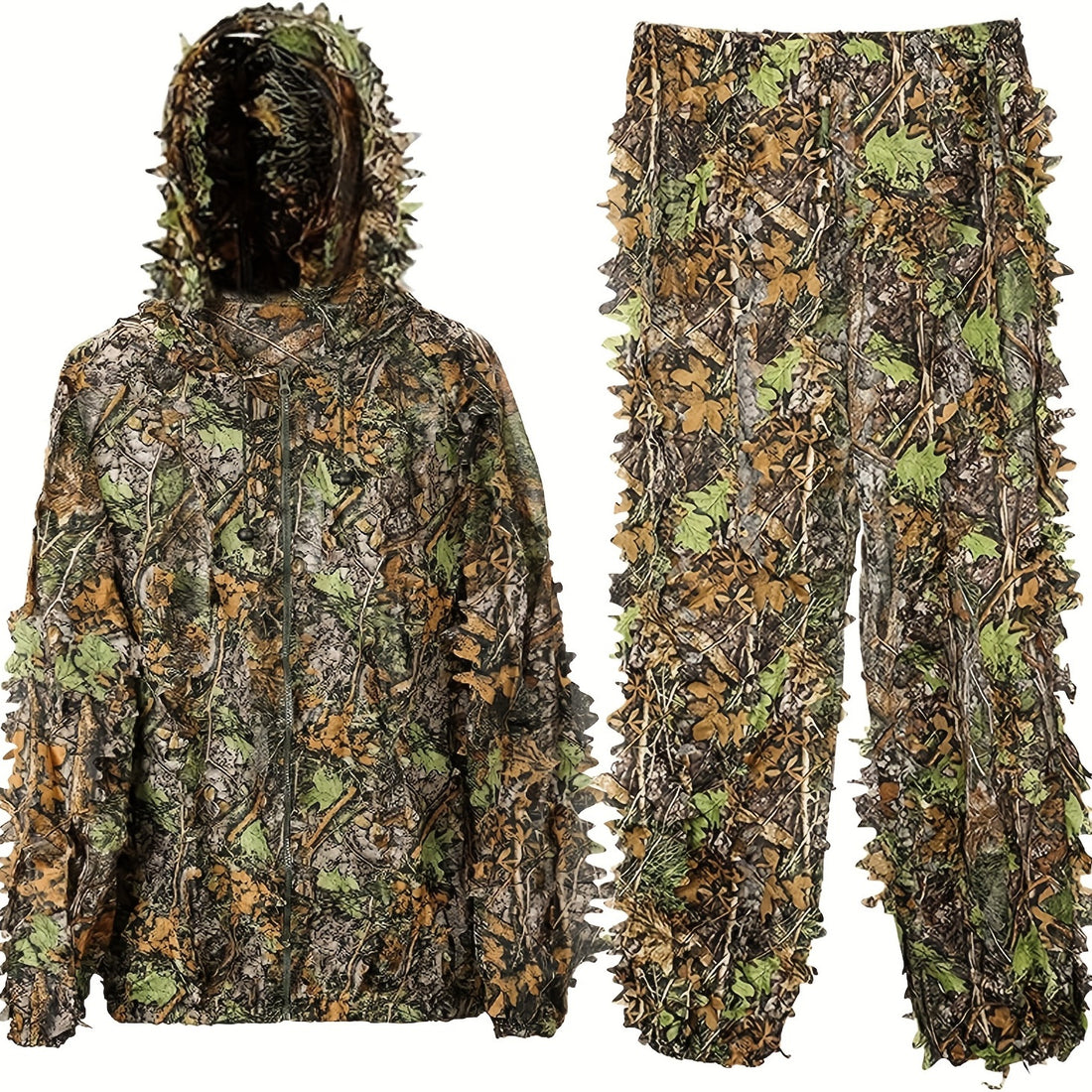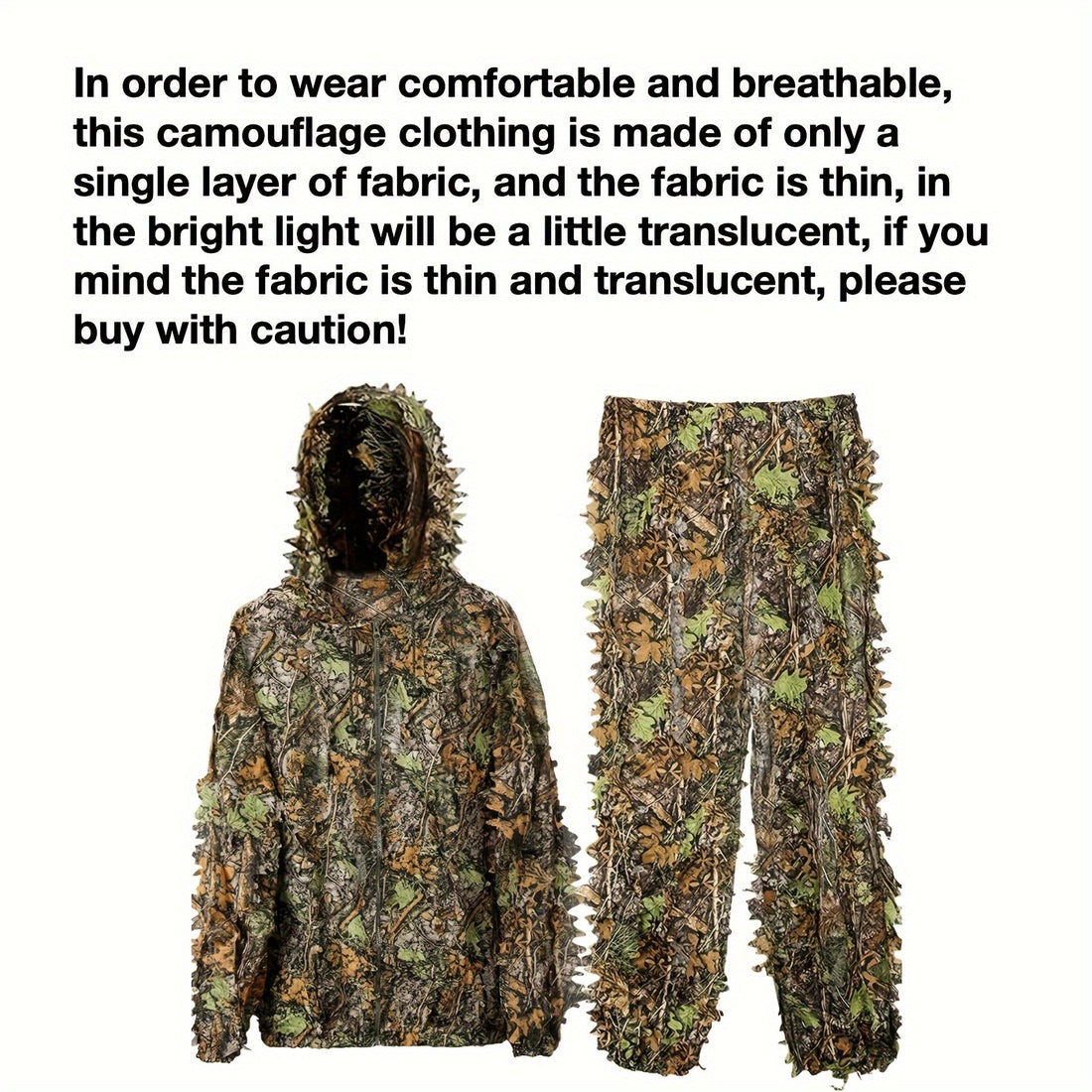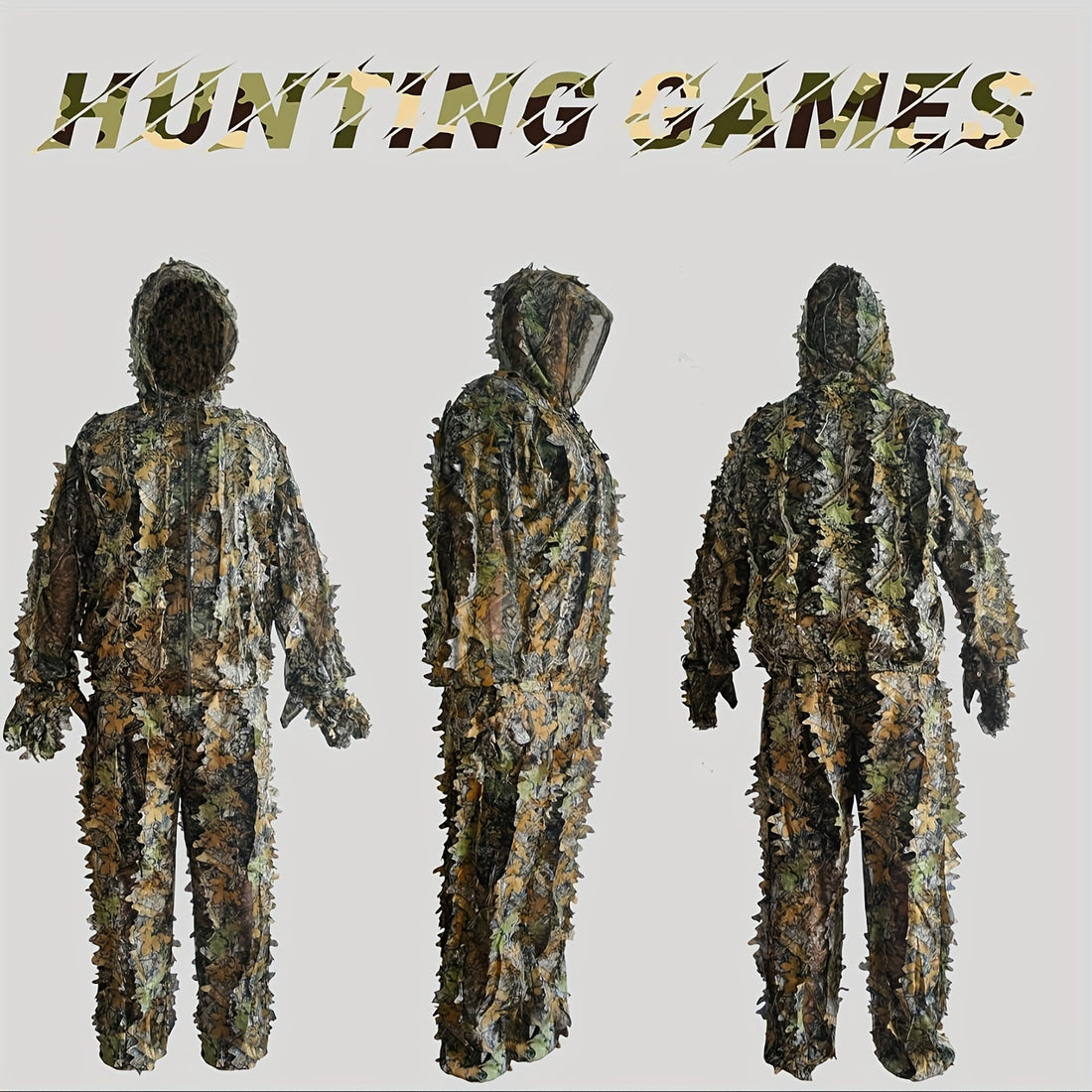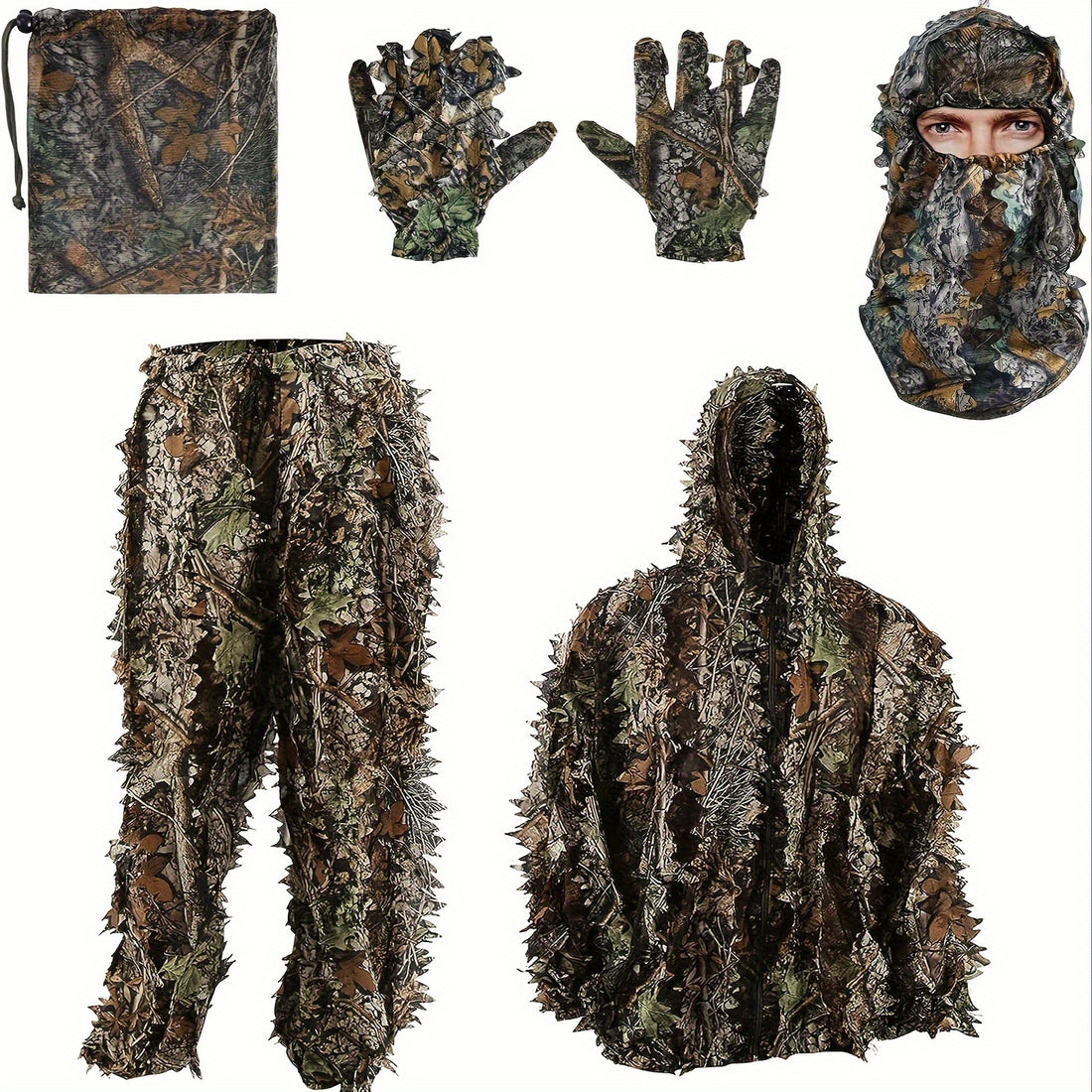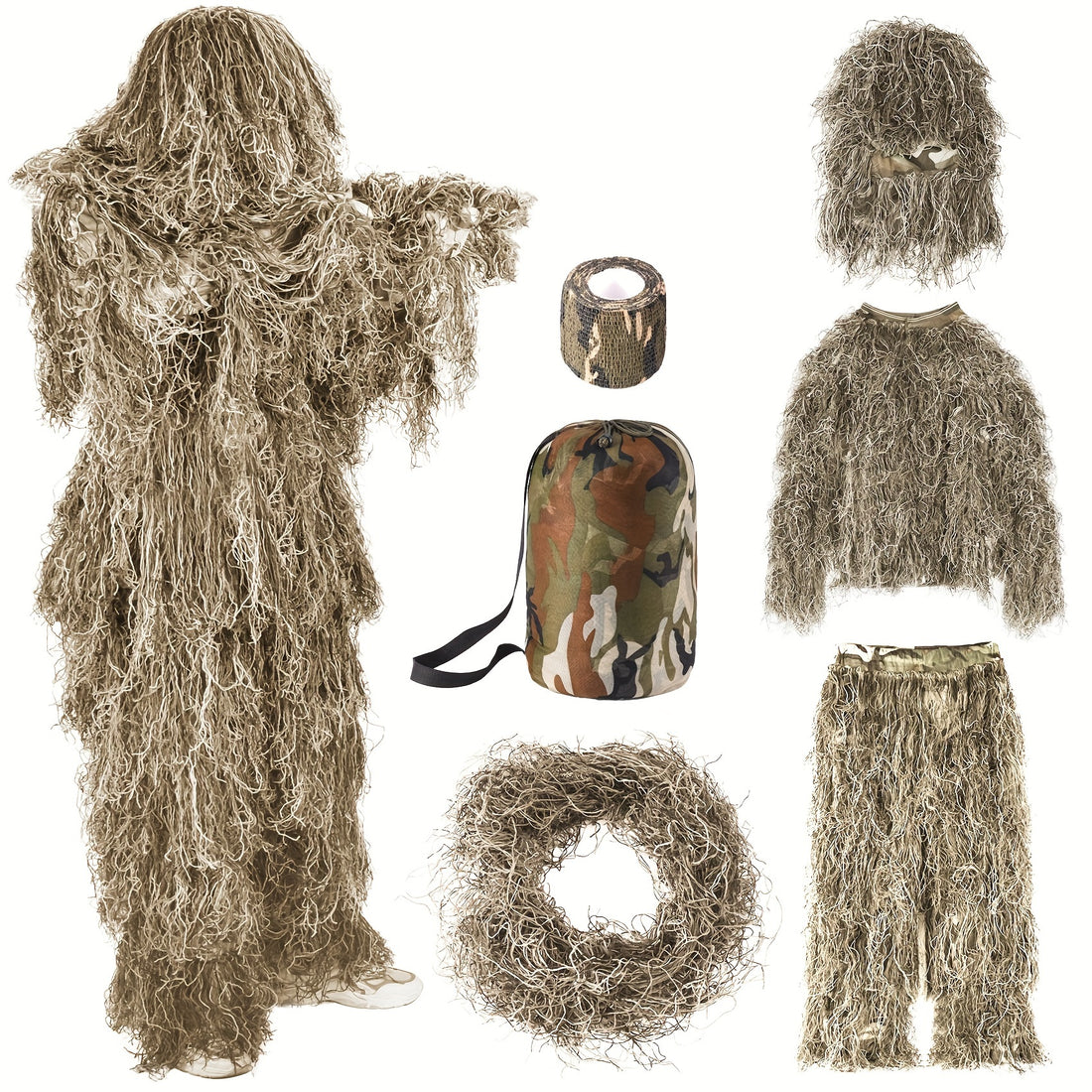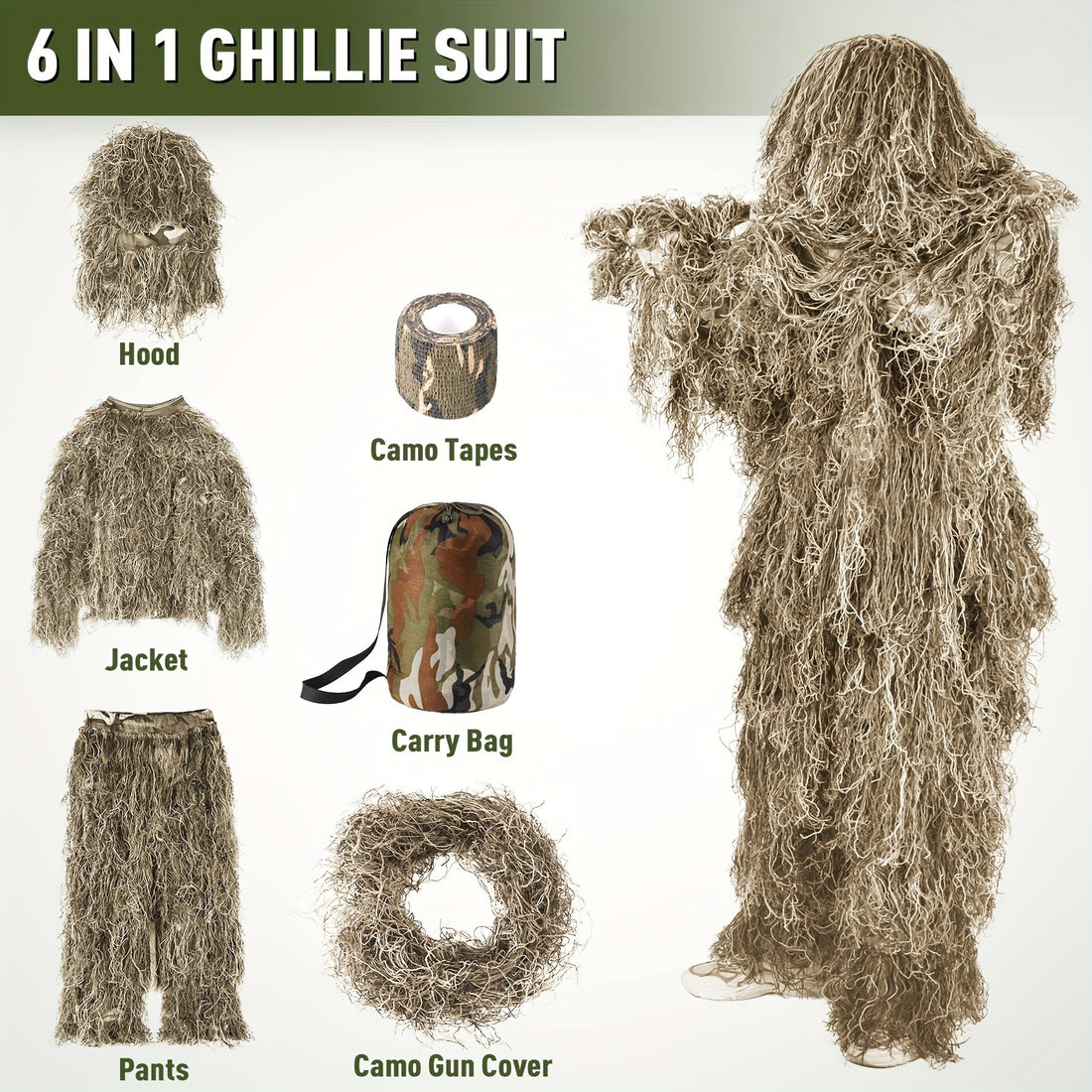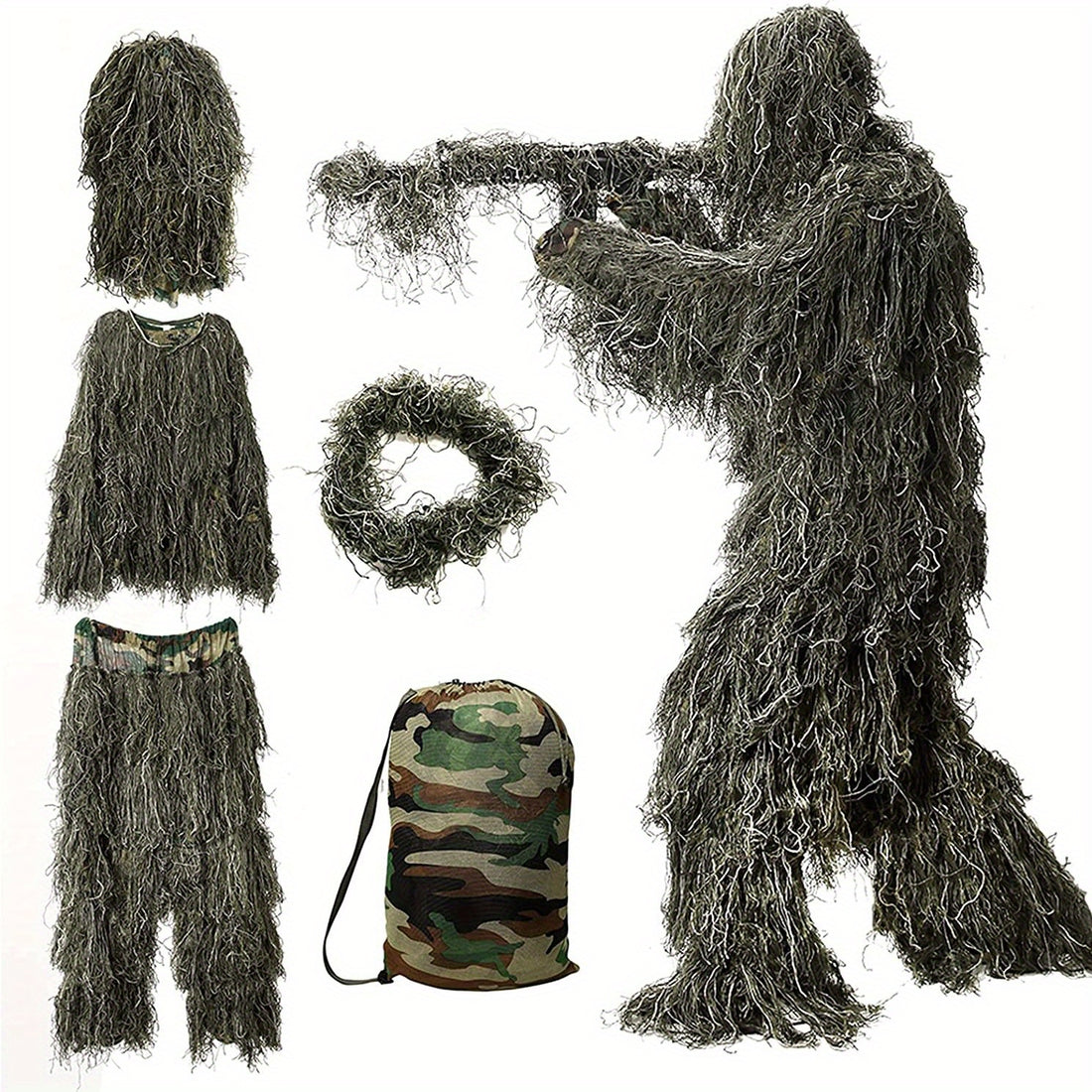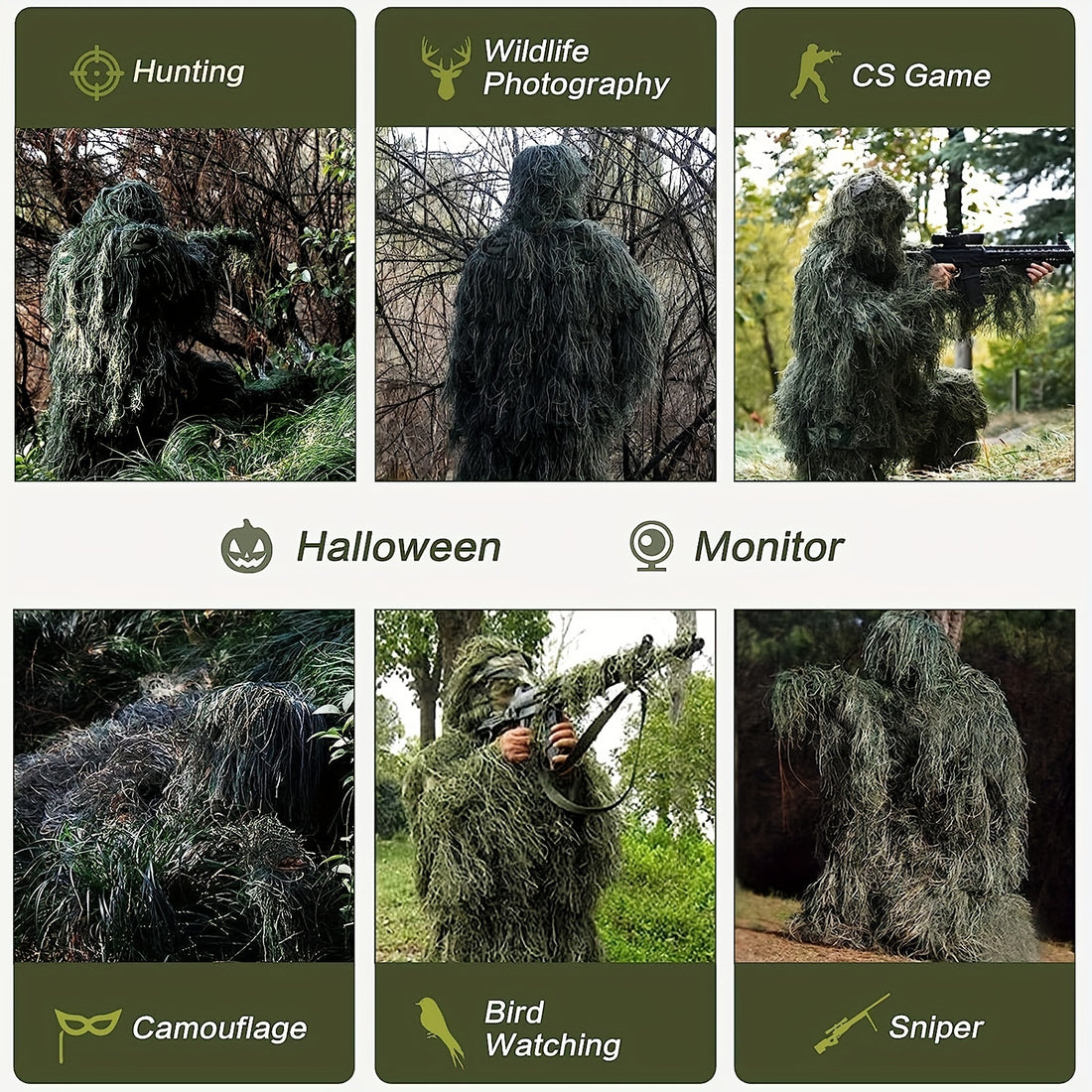For those seeking fresh challenges beyond traditional hiking or camping, niche adventure sports offer excitement, skill-building, and a deeper connection to nature.
Below, we explore five lesser-known activities—orienteering, bushcraft, ultralight backpacking, canyoneering, and packrafting—along with the specialized gear that makes them safer and more enjoyable.
1. Orienteering: Navigate with Speed and Precision
Orienteering is a competitive sport that blends trail running with map-based navigation. Participants use a map and compass to locate checkpoints in unfamiliar terrain, testing both physical endurance and mental acuity.
It’s ideal for those who enjoy solving problems under pressure and want to sharpen their navigation skills.
Essential Gear:
- Durable compass: A baseplate compass like the Suunto MC-2 offers precision with adjustable declination for accurate bearings in varied environments.
- Topographic map: Waterproof or laminated maps, such as those from National Geographic, withstand rain and rough handling.
- Lightweight clothing: Moisture-wicking, quick-dry fabrics (e.g., polyester blends) prevent chafing during high-intensity movement. Consider tactical shirts with reinforced stitching for durability.
- Trail shoes: Low-profile shoes with aggressive lugs, like the Salomon Speedcross, provide grip on uneven terrain.
Pro Tip:
Practice map-reading and compass skills in familiar areas before competing. Free resources from Orienteering USA offer tutorials on interpreting contour lines and plotting routes.
For tactical enthusiasts, orienteering hones skills applicable to search-and-rescue or military navigation.
2. Bushcraft: Thrive in the Wilderness
Bushcraft focuses on mastering survival skills to live comfortably in nature with minimal equipment. Activities include building shelters, starting fires, purifying water, and foraging. It appeals to those who value self-reliance and want to deepen their understanding of the environment.
Essential Gear:
-
Fixed-blade knife: A full-tang knife, such as the Morakniv Garberg, excels at carving, cutting, and batoning wood. Look for 4-5 inch blades with high-carbon steel for durability.
-
Fire-starting kit: A ferrocerium rod paired with a striker ensures reliable sparks in wet conditions. Brands like Light My Fire offer compact kits.
-
Camouflage netting: Lightweight, breathable nets (e.g., CamoSystems) create low-profile shelters or observation posts, blending seamlessly with natural surroundings.
- Cordage: 550 paracord (at least 100 feet) is versatile for shelter-building, traps, or repairs.
Pro Tip:
Learn ethical foraging and local regulations to avoid harming ecosystems. The Bushcraft USA Forum provides region-specific advice and connects you with experienced practitioners. Always carry a water purification system, such as a Sawyer Mini, to ensure safe drinking water.
3. Ultralight Backpacking: Go Farther with Less
Ultralight backpacking focuses on reducing pack weight to cover longer distances with less fatigue. Adventurers can explore remote trails more efficiently by prioritizing gear under 10 pounds (base weight, excluding food and water). It’s perfect for endurance-focused explorers.
Essential Gear:
-
Lightweight backpack: Packs like the Hyperlite Mountain Gear 2400 weigh under 2 pounds yet offer 40-50 liters of capacity with waterproof Dyneema fabric.
-
Tarp shelter: Silicone-coated nylon tarps (e.g., Zpacks Hexamid) weigh as little as 5 ounces and replace bulkier tents.
-
Sleeping pad: Closed-cell foam pads, like the Therm-a-Rest Z-Lite, provide insulation without added weight.
- Trail-running shoes: Non-waterproof shoes with flexible, grippy soles (e.g., Altra Lone Peak) reduce foot fatigue on rugged trails.
Pro Tip:
Track your base weight using REI’s Ultralight Checklist. Test gear on short trips to ensure comfort before tackling multi-day treks. For tactical users, ultralight principles align with fast-and-light missions, emphasizing mobility.
4. Canyoneering: Explore Hidden Slot Canyons
Canyoneering combines hiking, rappelling, climbing, and swimming to navigate narrow slot canyons. It’s a high-adrenaline activity that demands technical skills, teamwork, and preparation for wet and confined spaces.
Essential Gear:
-
Dry bag: A lightweight, waterproof bag like the Sea to Summit Ultra-Sil (8-13 liters) protects electronics and clothing in water-filled canyons.
-
Climbing harness: A low-profile harness like the Petzl Sama ensures comfort during rappels with adjustable leg loops.
-
Neoprene socks: 3mm neoprene socks (e.g., NRS HydroSkin) prevent blisters and keep feet warm in cold water.
- Static rope: A 9-10mm static rope rated for canyoneering (e.g., BlueWater Canyon Pro) offers abrasion resistance for rappels.
Pro Tip:
Train with certified guides through the American Canyoneering Association to learn safe rappelling and anchor-building techniques. Always check flash flood risks using local weather services before entering canyons.

5. Packrafting: Paddle Remote Waterways
Packrafting involves using lightweight, inflatable rafts to access rivers and lakes unreachable by traditional boats. By combining hiking with paddling, adventurers can explore remote landscapes with unparalleled flexibility.
Essential Gear:
-
Inflatable raft: A 4-6 pound raft, like the Alpacka Caribou, packs small enough to fit in a backpack yet handles Class II-III rapids.
-
Four-piece paddle: Compact paddles, such as the Aqua-Bound Manta Ray, break down for easy transport without sacrificing strength.
-
PFD (life jacket): A low-profile, Type III PFD (e.g., Astral V-Eight) offers mobility and breathability.
- Helmet: A whitewater helmet (e.g., Sweet Protection Strutter) protects against rocks in turbulent waters.
Pro Tip:
Study river safety and rapid classifications via American Whitewater. Practice self-rescue techniques, such as re-entering a flipped raft, in calm waters first. For tactical users, packrafts enable covert waterway access in remote areas.
Why This Gear Matters
Each activity demands specialized tools to address unique challenges:
Weight reduction in ultralight backpacking prevents fatigue.
Durability in bushcraft tools ensures longevity in harsh conditions.
Portability in packrafting gear enables access to untouched landscapes.
Check our tactical backpack collection
Prioritize Safety
Always prepare for the unexpected:
-
Check weather forecasts and local conditions before heading out.
-
Share your trip itinerary with a trusted contact.
-
Carry an emergency communication device, such as the Garmin inReach Mini 2, for reliable SOS signaling in areas without cell service.
- For group activities like canyoneering or packrafting, travel with trained partners to enhance safety.
Conclusion
From the mental rigor of orienteering to the technical thrills of canyoneering, these niche adventures push boundaries and deepen your outdoor skill set. Investing in purpose-built gear—like lightweight backpacks, compact survival tools, or camouflage nets—ensures you’re prepared for the unexpected.
Start with one activity, invest in quality equipment, master its basics, and let it open doors to new landscapes and experiences.

